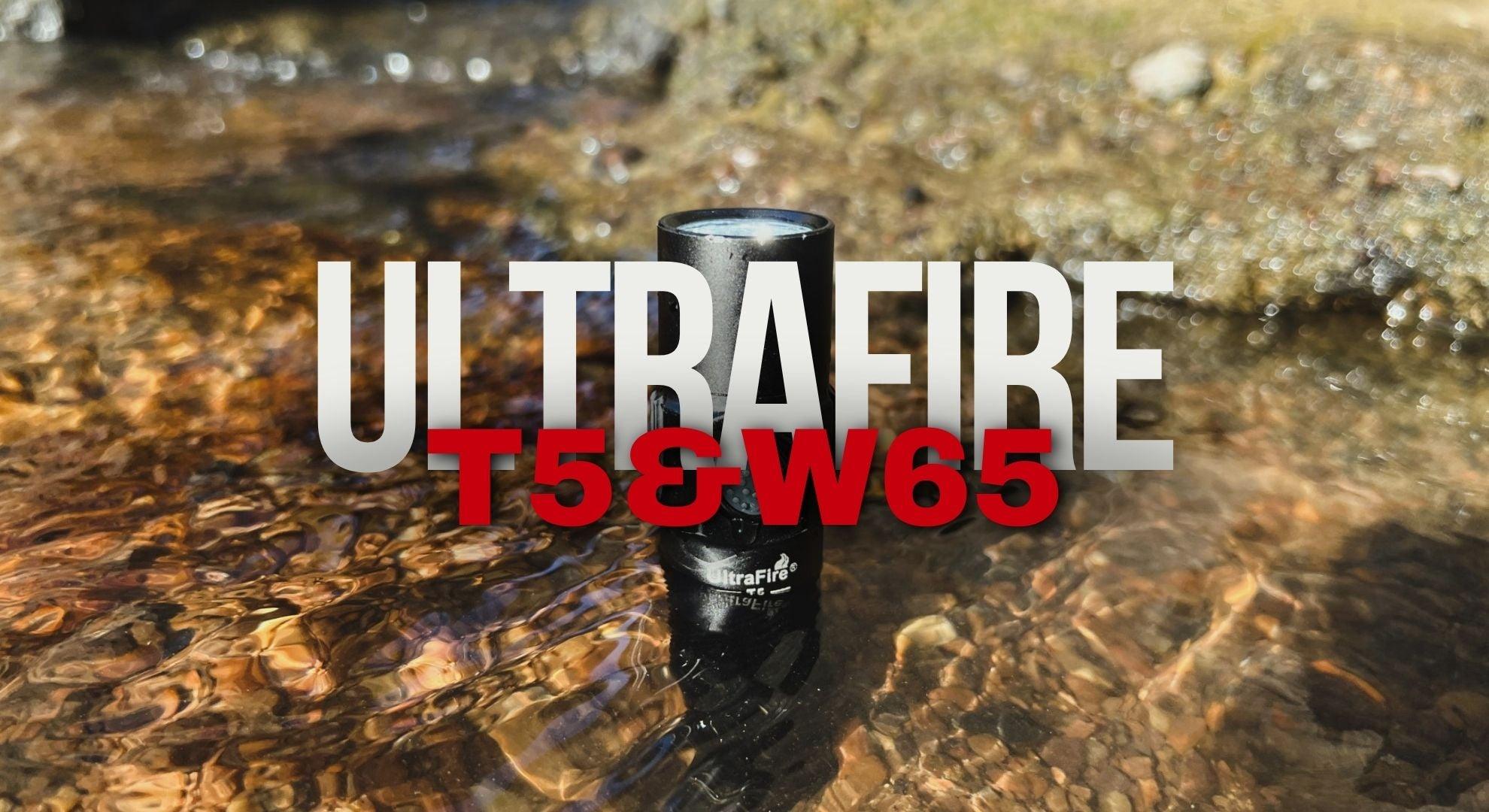Introduction
A flashlight is an essential tool, whether you're camping in the wilderness, preparing for an emergency, or simply navigating your home during a power outage. With so many options available, choosing the right flashlight can feel overwhelming. This guide will help you understand the key factors to consider to find the perfect flashlight for your needs.
1. Identify Your Purpose
Before diving into technical specifications, think about how you'll use the flashlight. Different activities require different features:
- Everyday Carry (EDC): Look for compact and lightweight flashlights with moderate brightness (100–300 lumens) that fit easily in your pocket or bag.
- Outdoor Adventures: For camping, hiking, or hunting, you'll need a high-lumen flashlight with a long beam distance and durable build.
- Tactical or Professional Use: Security personnel and first responders may prioritize rugged, waterproof flashlights with multiple modes like strobe and SOS.
- Emergency Preparedness: Choose a reliable flashlight with long battery life and a lower lumen setting to conserve energy during extended use.
2. Understand Brightness Levels (Lumens)
Lumens measure the total light output of a flashlight. The higher the lumens, the brighter the flashlight. Here's a quick breakdown:
- Low Lumens (10–150): Perfect for close-range activities like reading or navigating indoors.
- Medium Lumens (150–600): Ideal for general-purpose use, including walking at night or home repair.
- High Lumens (600+): Designed for outdoor activities, search and rescue, or illuminating large areas.
Some flashlights offer adjustable brightness levels, allowing you to switch between modes depending on the situation.
3. Consider Size and Portability
Flashlights come in a variety of sizes, each suited for specific purposes:
- Small (Keychain Flashlights): Lightweight and portable, these are great for everyday carry but offer lower brightness.
- Medium (Handheld Flashlights): A versatile choice, balancing portability with performance.
- Large (Tactical Flashlights): Bulkier but often more durable, with features like extended battery life and self-defense options.
4. Choose the Right Battery Type
Batteries significantly impact the performance and convenience of your flashlight:
- Disposable Batteries (AA, AAA): Widely available and easy to replace, but they can become costly over time.
- Rechargeable Batteries (18650, 21700): Environmentally friendly and cost-effective for frequent use. These batteries are ideal for high-performance flashlights.
- Integrated Rechargeable Flashlights: Convenient and USB-compatible but may limit battery replacement options.
5. Evaluate Durability and Build Quality
For outdoor or tactical use, durability is crucial. Key features to look for include:
- Material: Aluminum alloy is lightweight and tough, offering excellent resistance to wear and tear.
- Waterproof Rating: An IPX4 rating means water-resistant; IPX7 or IPX8 ensures the flashlight can handle submersion in water.
- Impact Resistance: Test the flashlight's ability to withstand drops or rough handling.
6. Additional Features to Look For
Modern flashlights come with a variety of features that enhance usability:
- Beam Types: Choose between floodlight (wide beam) and spotlight (focused beam) or opt for a flashlight with adjustable focus.
- Modes: Flashlights with multiple modes (e.g., strobe, SOS, low, high) are more versatile.
- USB Charging: Integrated USB charging is convenient for regular users.
- Power Indicators: Some flashlights have LED indicators to show remaining battery life.
Conclusion
Selecting the right flashlight depends on understanding your needs and knowing what features matter most. Whether you prioritize portability, brightness, or durability, there’s a flashlight out there for you. Take the time to research and invest in a quality flashlight that will serve you well in any situation.
Still unsure? Explore UltraFire’s extensive range of flashlights, designed to meet the demands of every user, from casual to professional.





























